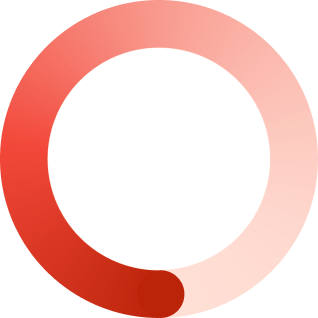Whenever I write on technology, I think of a tool popular at workshops in introductions; explain your job to a five year old. When it comes to IoT, I usually say “I help people speak to machines” and that is usually how one thinks of IoT. To understand the IoT stack, it is easier to work from the machine to you, the user, to gain a good understanding of how it works.
The first ever IoT object shows this well. In 1982, four Computer Science students1 at Carnegie Mellon University developed a smart vending machine that sent them messages of temperature and stock levels. Thus, the machine let people know what was going on. The tech stack required today is much the same as it was then, but of course it has evolved and become more detailed.
For a machine to be heard, it requires the following technology: embedded software or hardware, connectivity, the cloud, and a frontend. I want to use the 1982 Coke machine as an example to illustrate the technology stack. The hardware was a switch and a server program. The server program determined how warm or cold a bottle is, not from measuring the temperature in the fridge, but from the timestamp when the bottles were placed in the fridge. After three hours, a bottle is believed to be cold enough to drink. The micro switch sensed how many bottles were in each of the columns.
The connectivity was the internet which the machine was linked to and offered a real-time check up of the vending machine via the ARPANET by using the command “finger coke@cmu.edu”. ARPANET was replaced by the World Wide Web protocols in the mid-1990s.
The frontend was basic, not much design used at all. Feedback was seen as “EMPTY EMPTY 1h 3m” and “COLD COLD 1h 4m”.
Thirty five years later and we have added much to the menu of the tech stack, giving us more freedom and ability to create our own IoT devices, as well as change the world.
1Mike Kazar, David Nichols, John Zsarnay and Ivor Durham




